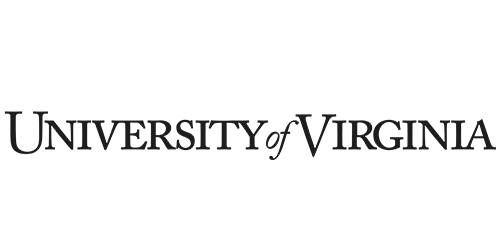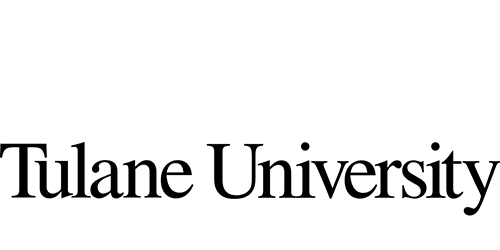The Rajasthan Cities Project
About
Analysis
Strategic Plan
Resources
Documents
Executive Summary
Download PDF
Executive Summary and Policy Recommendations
The research project ‘Rajasthan Cities // Jaipur’ offers an innovative approach to address the main challenges of the city, with a long term and multidisciplinary approach that only top world research universities can offer. Jaipur, founded in 1727, is the capital city of Rajasthan, India’s largest state. Designed by the architect Vidyadhar Bhattacharya, the extraordinary heritage makes it a magnet for tourism. Behind the pink sandstone facades of the medieval city, Jaipur confronts an urgent crisis: the rapidly diminishing supply of drinking water. A growing city with a population of 3.65 million inhabitants, Jaipur is expected to reach 5 million in 2030 (UN World Urbanization Prospects). The loss of ecological territory – to unplanned growth, and the increasing encroachment on the fragile environment of this desert city, has undermined
the already scarce water sources. In the summer of 2019, Jaipur – now dependent on the supply of piped water from the distant Bisalpur dam, was 10 days away from Day Zero – the point where there would be no fresh water available to the city! The recommended interventions are based in urban wide systems and specific areas. Systems focus on Water safety, Energy safety and Solid Waste Management infrastructures. Areas of focus are the Protected Mountain Reserve and the creation of a buffer zone, the Agricultural Edge and the main activity axis of the Jaipur Route. The project proposes the following urban and architectural strategies that might enable Jaipur to be sustained environmentally (including fresh water safety), socially and economically.
- Rain water harvesting and re-use:
Infrastructures for water catchment, storage and distribution.
See a/ Water Safety : Water harvesting
b/ Energy Safety : Distributed Solar network
c/ The Green Belt : Mountain Edge - Restoration of water bodies:
Interception of sewage, addition of ecologies and public space.
See a/ The Green Belt : Mountain Edge
b/ The Green Belt : Agricultural Edge
- Decentralized Sewage treatment plants:
Hybridization with public programs, green filters and re-use.
See a/ The Green Belt : Mountain Edge
b/ The Green Belt : Agricultural Edge
- Public sanitation network:
Toilets and small neighborhood public programs.
See a/ Water Safety : Water harvesting
b/ Energy Safety : Distributed Solar network
c/ The Green Belt : Mountain Edge
d/ Solid Waste Management : Communal Bin
e/ The Green Belt : Agricultural Edge
- Solid waste management network:
Neighborhood communal bins with sanitation, laundry and community space.
See a/ Water Safety : Water harvesting
b/ Energy Safety : Distributed Solar network
c/ The Green Belt : Mountain Edge
d/ Solid Waste Management : Communal Bin
- Public mobility improvement:
Hybrid urban space for pedestrian, bicycles and buses.
See a/ Water Safety : Water harvesting
b/ The Jaipur Route : Culture, economy and Mobility
- Distributed Solar Plants network:
Reduction of fossil fuel dependency and carbon emissions in a resilient urban infrastructure.
See a/ Energy Safety : Distributed Solar network
- Neighborhood public facilities network:
Associated with other infrastructures providing community spaces and safe rooms for women and childrene.
See a/ Water Safety : Water harvesting
b/ Energy Safety : Distributed Solar network
c/ The Green Belt : Mountain Edge
d/ Solid Waste Management : Communal Bin
e/ The Green Belt : Agricultural Edge
- Reforestation of city edges:
Definition of the urban footprint limiting sprawl and encroachment of parks and agricultural lands.
See a/ The Green Belt : Mountain Edge
- Improvement of informal settlements:
Adding basic public amenities and ecological public space.
See a/ The Green Belt : Mountain Edge
- Reinforcement of cultural and tourist infrastructure:
See a/ The Jaipur Route : Culture, economy and Mobility
- Revitalization of markets and commerce:
See a/ Water Safety : Water harvesting
b/ Energy Safety : Distributed Solar network
c/ The Jaipur Route : Culture, economy and Mobility
d/ The Green Belt : Agricultural Edge





